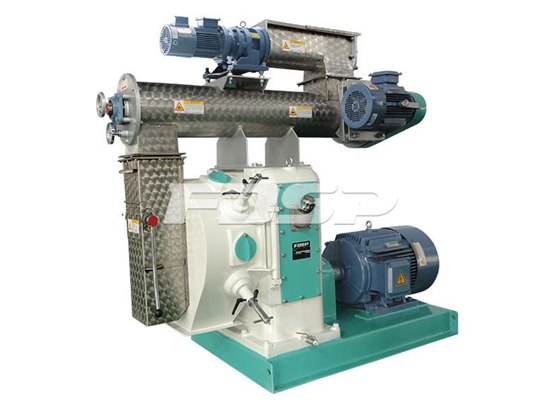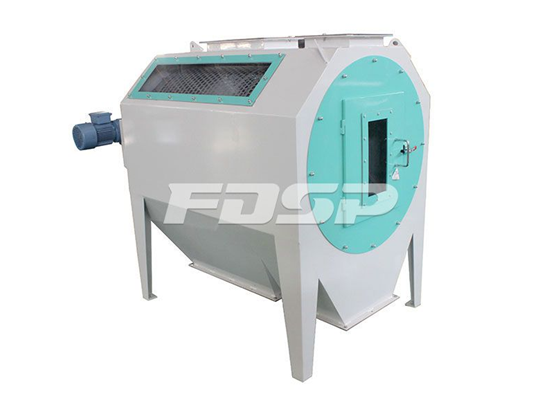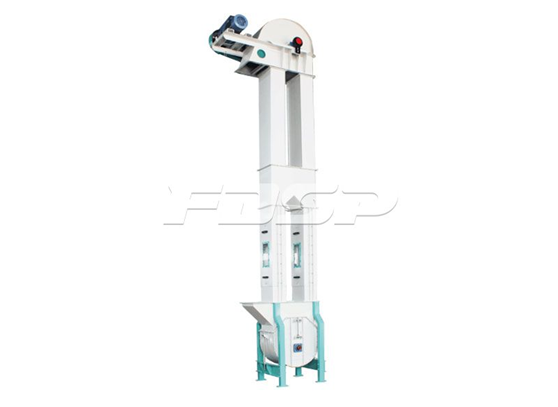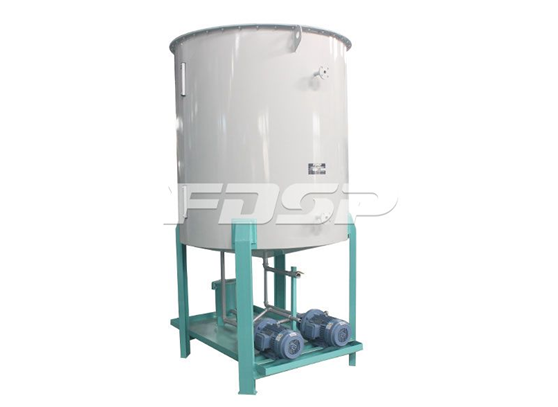Clean-up is a very important issue for feed mills. Inadequate cleaning of equipment will directly affect the quality and stability of finished products, and serious production failures will result in production suspension. Therefore, the production department of the feed factory needs to implement a complete clean-up plan and execute it in accordance with the plan to avoid a series of problems.

1. Cleaning up the mixer
After a period of use, the mixer will accumulate materials on the inner wall, near the nozzle, on the shaft and blades, and on the opening and closing door. Therefore, in general, the feed factory is cleaned up after the shift, and the power is turned off before the cleanup. The cleaner himself locks the knife and puts the key in his pocket. Use specially made tools to scrape off the layers of material stuck on the inner wall, nozzles, blades, and shafts. After cleaning, open the door of the mixer and clean the door and sealing ring. Some mixers are relatively large and require personnel to enter for cleaning. At this time, safety is particularly important and must be supervised by someone.

2. Cleaning of the granulator
The most careful cleaning of the granulator is the modulator and granulation chamber. The modulator of the granulator is recommended to be cleaned every week to half a month. The steam enters and interacts with the feed, and it is easy to stick to the inner wall, shaft, and blade of the modulator. The granulating cavity should be thoroughly cleaned up at the end of each shift. During the variety adjustment, if the two varieties are cross-contaminated, they must be cleaned and the next variety must be cleaned.

3. Cleaning the permanent magnet cylinder
The permanent magnet cylinder is de-magnetic material. Failure to clean up in time may cause damage to the equipment, and may also affect the passability of the feed and cause blockage. It is recommended to clean up after each shift.

4. Cleaning up the cleaning equipment
The cleaning equipment plays a role in removing impurities and grading, and it is easy to be blocked if it is not cleared. Especially for the initial cleaning screen, the above screen is usually opened after the end of each shift to clean the rope, impurities, and hard lumps inside, and keep the screen room clean and the screen holes are not blocked.
5. Cleaning of pulse bag filter and cyclone dust collector
Dust collection equipment will cause thick dust to accumulate on the inner or outer wall of the bag after long-term operation. It is recommended to open the door after each shift and use wooden sticks and compressed air to clean it. The cyclone dust collector is not easy to open. Observe whether it is blocked every day and whether the air shutter does not rotate. If the above problems occur, they need to be dealt with in time.

6. Cleaning of lifting and conveying equipment
There will normally be some accumulation of material in the base of the hoist. The self-cleaning elevator base will have a lot less material accumulation, and the square base has a lot of material accumulation, so it should be cleaned every once in a while. It is recommended that the corn and wheat raw grain elevators be cleaned once a week. Powdery raw materials are cleaned once a day, and products that cannot be cross-contaminated are cleaned every time they are changed.
There is dirty material on the bottom of the horizontal and vertical conveying equipment and the pipe wall. However, in the normal use of the above equipment, the material is flowing inside. Only the two ends will not flow, and the cleaning interval can be longer. Clean up once a month.
7. Cleaning the feeding port
At the end of the feeding, the raw materials should be cleaned up, and the materials sticking to the feeding fence, the pipe wall, and the inside of the weighing hopper should be cleaned at regular intervals.

8. Cleaning of liquid adding equipment
Oil tanks, molasses pots, liquid antifungal agent pots and their attached spray pipes, pump filters, nozzles, etc. should be cleaned regularly. Raw materials such as oil, molasses, and liquid methionine are more likely to deteriorate. So it must be cleaned up within a certain period of time. It is recommended that liquid filling, tanks, pipes, and pumps should be cleaned every 3 months in the first and fourth quarters. It is relatively difficult to clean the oil tank. If necessary, it should be cleaned with hot water, detergent, and caustic soda. The molasses, liquid methionine, and liquid anti-mold agent can basically be cleaned. The cleaned equipment should be drained of cleaning fluid and dried before use.






